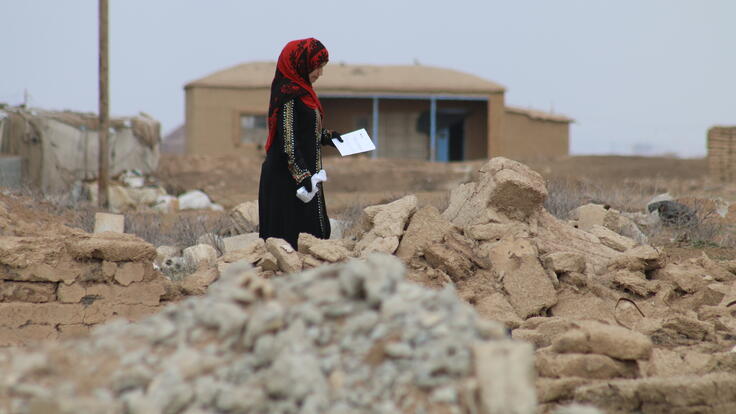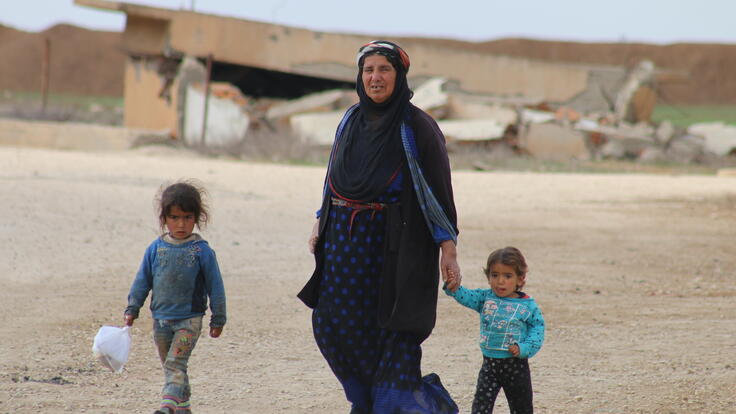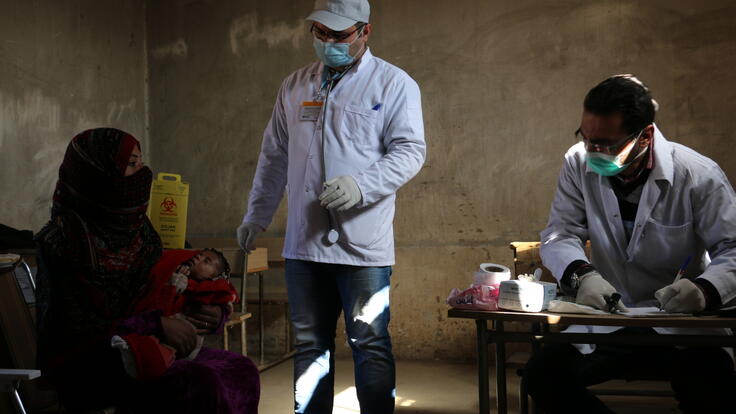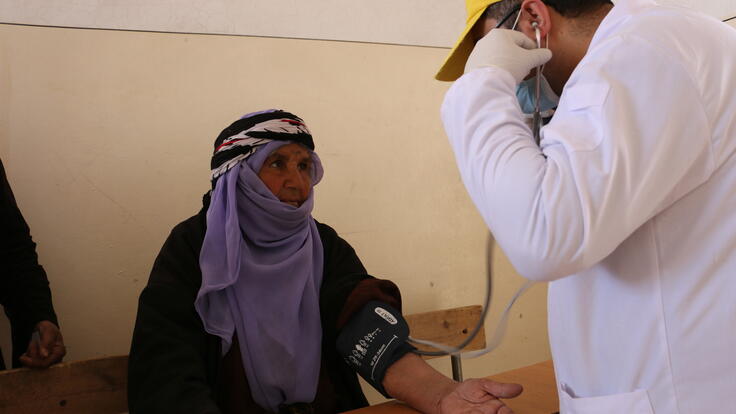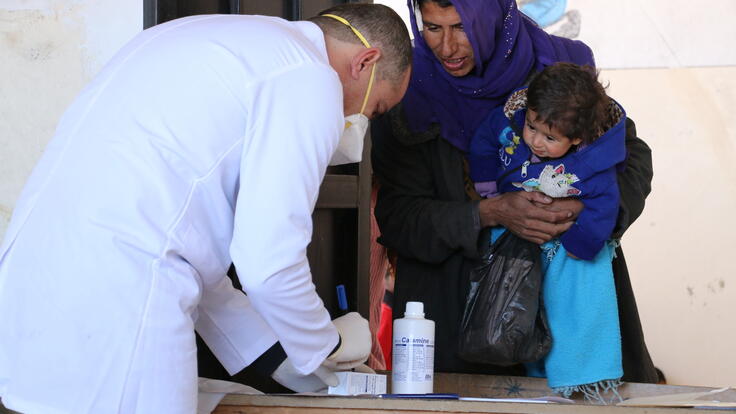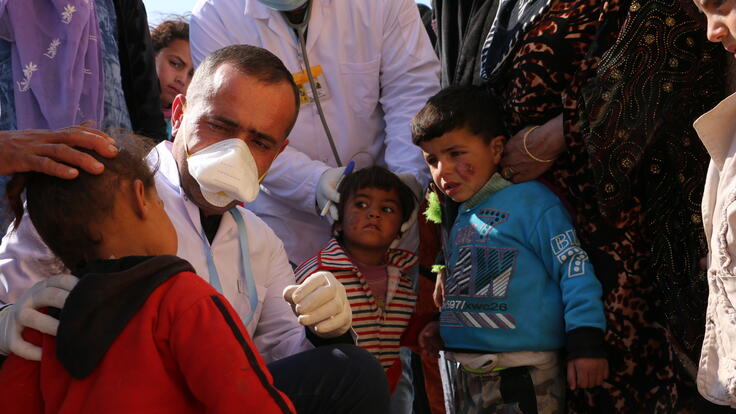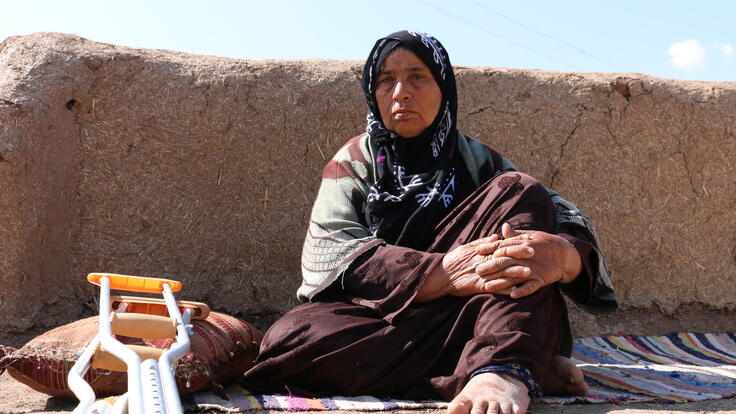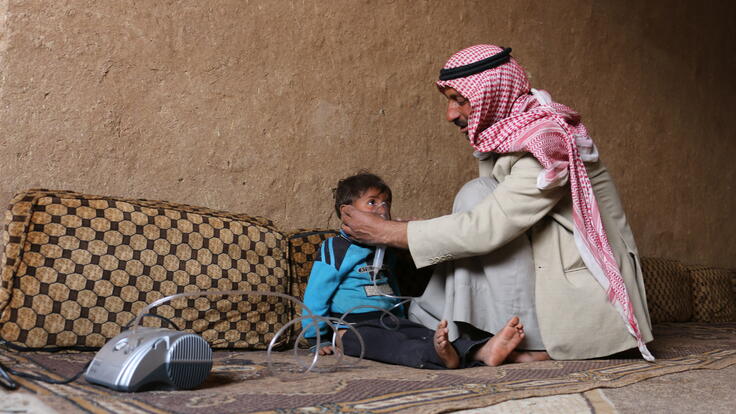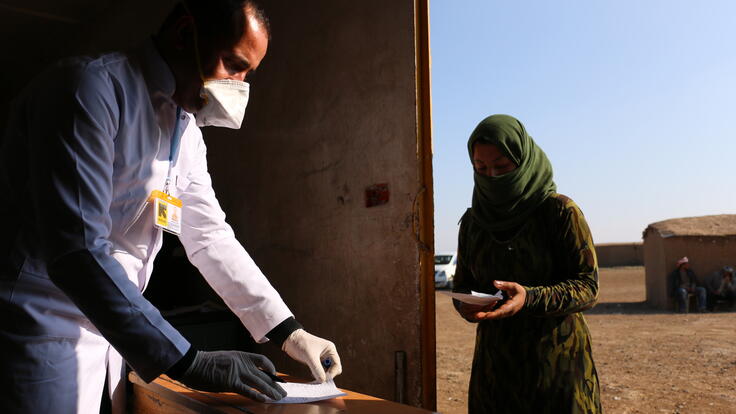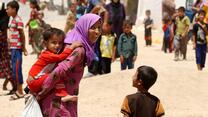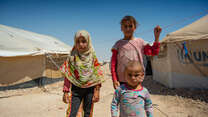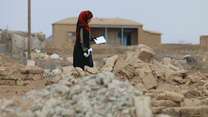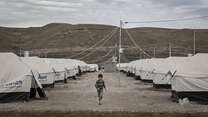The Battle for Raqqa, expected to be one of the fiercest since the Syrian civil war began in 2011, is intensifying. The assault to take the city from ISIS has displaced more than 100,000 people since April. Some 200,000 are thought to remain trapped in ISIS-controlled areas of the city, which once boasted a population of more than half a million. In all, up to 370,000 people could be displaced by fighting.
UPDATE - Jun 6, 2017: IRC fears for safety of hundreds of thousands used as ‘human shields’ by ISIS as assault on Raqqa begins
Why is there a battle for Raqqa?
ISIS, present in Raqqa since 2013, took control of the city in mid-January 2014. The group subsequently imposed a strict code of dress and behavior, subject to severe punishment. U.S. officials estimate 3,000 to 4,000 ISIS fighters remain inside Raqqa, the de facto capital of the Islamic State.
What is life like under ISIS?
ISIS-controlled Raqqa has restricted outside aid since 2014, which means there is little accurate information available. Baby formula and food have dwindled further since the coalition forces encircled the city in early April. Water is available just nine hours a day. Electricity is available only two to six hours a day. ISIS also continues to monopolize supplies and medicine.
Recent assessments by the Syria Relief Network (SRN) found that:
● two-thirds of people live on just two meals a day;
● most children no longer attend school, and half are thought to be working (the main source of income is casual labor).
What is happening in Raqaa now?
A U.S.-led coalition is continuing its efforts to expel ISIS from Raqqa and surrounding areas. Simultaneously, Syrian Democratic Forces (SDF), a 30,000-strong alliance of Arab, Kurdish and other ethnic forces, is approaching Raqqa from the west, north and northeast. Military analysts foresee a steady advance, but this could change.
What are the main humanitarian concerns for people in Raqqa?
There is a real risk that as many as 100,000 residents will remain trapped in Raqqa after the battle begins and get caught up in the fighting. Already, scores of civilians have been killed by coalition airstrikes, which in April hit schools, health clinics, ambulances, a displacement camp and a market. The Euphrates River is contaminated, reducing available clean drinking water. Access to food will certainly become a major concern. Unexploded ordinance and booby traps in newly seized areas also put civilians at risk and make it dangerous for aid agencies to respond fully.
What are the dangers for civilians fleeing Raqqa and the fighting?
Civilians risk being killed by mines or being shot by snipers as they attempt to escape ISIS-controlled areas. Families risk being separated as people flee. Those able to escape the city must be given access to safe havens, welfare services and humanitarian aid.
How is the IRC helping?
The International Rescue Committee, which has a long history in Raqqa province and across northern Syria, has responded with health care and emergency cash since the beginning of the military operation.
In mid-May, the IRC mobile health clinic provided health care to 500 displaced people at a camp near the town of Ein Issa. The team treated skin diseases, diarrhea, bronchitis and colds.
The IRC also operates three primary health clinics and a mobile clinic serving 8,000 people a month in rural Tal Abiad near the Turkish border. In December an IRC mobile health team treated more than a thousand people for skin disease, diarrhea and urinary tract infection. The IRC also distributed US$70 of emergency cash to more than 1,000 families and plans to provide similar cash benefits to 35,000 people in the near future.
The IRC has provided nearly 300 “dignity” kits made up of clothing and hygiene items for women and girls at Mabrooka camp in Hassakah province and will continue this effort. The IRC also helps Syrians from Raqqa and other ISIS-controlled areas arriving at Al Hol camp closer to the Iraq border.
The IRC plans to deploy three mobile health clinics to the Raqqa area with the goal of reaching newly displaced people within 72 hours, plus two mobile protection teams to identify and support children separated from their families as well as victims of sexual violence. In addition, the IRC will open a clinic in a village north of the city.
Displacement areas close to the frontline are too dangerous for aid agencies to fully respond.
Learn more about the IRC's work in Syria.
What more needs to be done to help?
1. The safety of civilians must be at the heart of military planning.
Civilians are particularly vulnerable due to ISIS’s well-known strategy of using residents as human shields; paradoxically, there is a good chance that the population of Raqqa will swell as ISIS forces people in the outskirts back into the city. Once SDF forces reach the city itself, civilians will be exposed to intense fighting, deadly waves of suicide bombing, sniper fire, and continued air strikes.
2. Civilians must be given safe escape routes and access to humanitarian aid.
Close to 500,000 people are expected to be affected by the battle for Raqqa, including up to 370,000 people displaced from their homes. Those able to escape ISIS-controlled areas or flee must be given safe access across active combat lines, as well as provided with welfare services and humanitarian aid.
3. People fleeing ISIS in Raqqa need support, not mistrust.
After three years of living under ISIS, nearly everyone fleeing Raqqa will have lost loved ones and witnessed or endured brutal punishments. The IRC’s experience in Mosul and other ISIS-controlled areas suggests that many survivors of the battle will display high rates of distress and trauma and will need specialized care. Despite their suffering, these displaced people will be viewed with distrust as they cross into liberated areas. IRC protection teams will identify and support vulnerable people, especially women and girls affected by sexual violence.
How can I help?
You can help the IRC save refugee families in crisis by making a tax-deductible gift. Donate now.
